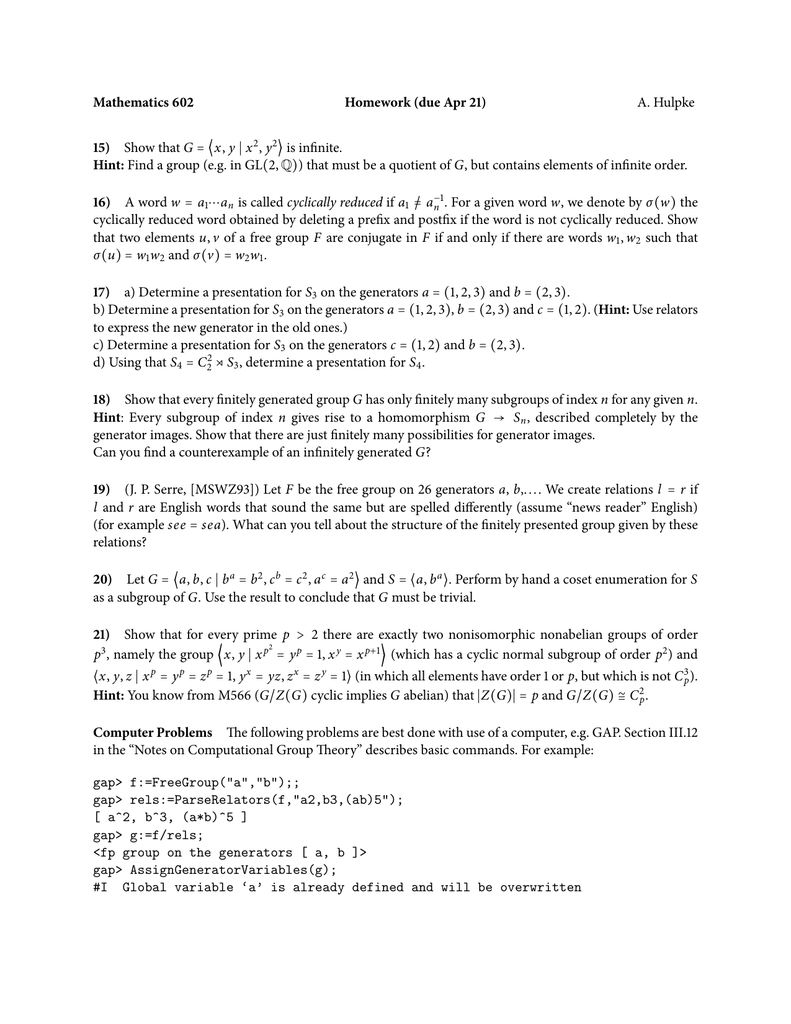Table of Content
There are many other types of refinancing loans, but they generally fall under one of these two umbrellas. Refinancing a mortgage is the process of taking out a new mortgage to pay off your current loan. You want to convert your equity into cash through a cash-out refinance.

Refinancing works by acquiring a new mortgage loan which is used to pay off and close the original loan. Your new monthly payments, length of loan and interest rate are all based on the terms of the new refinanced loan. You won’t have an additional monthly payment because you paid off your old loan, but your new loan payment could be different than you’re used to. You may also get a new loan term or interest rate, so make sure to read all the details carefully before moving forward on a cash-out refinance.
Taking A Lower Interest Rate
There are several reasons why you might want another refinance. We believe everyone should be able to make financial decisions with confidence. If you count on staying put for a while, this strategy is usually worth it.

Your refinancing goals can also dictate how often you’re eligible to refinance your mortgage. For example, cash-out refinances, where you access cash by tapping into your home equity, require a 6-month waiting period before you can refinance again. And because taking cash out depends on how much equity you have built up over time, these types of refinances tend to happen less frequently.
Make a Plan Before Playing the Refi Game
For this example, let’s say you want to refinance from a 15-year mortgage to a 30-year mortgage in order to lower your monthly payments. Refinancing to a shorter loan term could make sense for borrowers who want to pay off their loans faster. And because shorter-term loans can have lower interest rates, you’ll pay less interest.
But there are typically rules around when you are eligible for a refinance and how frequently this process can take place. Even though refinancing can save you a lot of money, it also can cost you if it’s not done for the right reasons. In other words, just because you can refinance again doesn’t mean you should. Here are a few situations in which it probably doesn’t make sense to refinance. With mortgage rates once again at rock-bottom lows, you may be wondering if now is a good time to refinance. This is typically combined with the property’s price history, and the end result is an estimate of your property’s current or future value.
Close on the New Loan
Jonathan is committed to translating complex industry jargon into a readable, concise format that everyone can understand. With a cash-out refi, homeowners can get a lump sum of cash in exchange for a portion of the equity in their home. By providing my email I agree to receive Forbes Advisor promotions, offers and additional Forbes Marketplace services. Please see our Privacy Policy for more information and details on how to opt out. Keep in mind that you’ve already paid several years’ worth of interest on your current loan, so your savings is not $162,000 minus $113,000.

These articles are for educational purposes only and provide general mortgage information. Products, services, processes and lending criteria described in these articles may differ from those available through JPMorgan Chase Bank N.A. For more information on available products and services, and to discuss your options, please contact a Chase Home Lending Advisor. If you have nearly reached the finish line of the home-buying process, learn how to determine when your first mortgage payment is due. You have at least 20 percent in equity in your home and want to get rid of private mortgage insurance.
You Want to Change Your Loan Terms
Common reasons for cash-out refinancinginclude paying off higher-interest debt , financing home improvements or starting a business. Real estate lenders typically want to see that at least six months have elapsed before they are willing to refinance your loan. But aside from that, there is no limit to how often you can look at a refinance loan to lower your mortgage rates and your monthly payment. Refinancing into a lower interest rate mortgage can be an excellent way to save money on your monthly payments.

Our mortgage refinance calculator can also help you get a handle on the numbers you’ll need to guide your decision. You have the chance to refinance your loan with the same terms and an interest rate of 4%. If you don’t refinance, you pay $77,753.84 in interest by the time your loan matures. If you take the refinance, you pay $68,152.95 total in interest. Lowering your interest rate just 0.5% means you'll save over $9,601 in interest over the life of the loan.
When researching options, be sure to consider Zero Mortgage to assist with your home loan needs. In most cases, you will have a 3-day grace period after closing before the loan is truly locked into place. In case something happens, you can exercise your right of rescission to exit the arrangement. Closing costs will be due at the time of signing unless they are rolled into the loan balance. If you’ve chosen a cash-out refi, you’ll receive the funds after closing. Sometimes, homeowners also refinance a mortgage to pay off an old mortgage and remove a party from the financing, such as in the case of a divorce or death.

Often people do this to get better borrowing terms like lower interest rates. Refinancing requires a new loan application with your existing lender or a new one. Your lender will then re-evaluate your credit history and financial situation. If your down payment is less than 20 percent of your home's purchase price, you may need to pay for mortgage insurance. You can get private mortgage insurance if you have a conventional loan, not an FHA or USDA loan. Rates for PMI vary but are generally cheaper than FHA rates for borrowers with good credit.
With an adjustable-rate mortgage , the rate is fixed for an initial period of time—typically the first five years—before it becomes variable for the rest of the loan term. These loans have become increasingly popular this year as the rate is lower than that of a 30-year fixed mortgage. However, ARMs are seen as riskier because you are betting that rates will be lower when the adjustment period comes.
Using an updated version will help protect your accounts and provide a better experience. If you think there’s a chance you will refinance in 2023, there are several ways that you can prepare for a successful refinance. Victoria Araj is a Section Editor for Rocket Mortgage and held roles in mortgage banking, public relations and more in her 15+ years with the company. See expert-recommended refinance options and customize them to fit your budget.
So there’s a good chance you’re eligible to refinance at today’s rates. Whenever you refinance, you hit “reset” on the length of time you will be paying your mortgage and interest. When you refinance, lenders must process a “hard credit pull” to verify your credit score.
Each refinance comes with a unique set of pros and cons, and you need to be sure that the savings you stand to gain from your new loan outweigh the upfront costs involved with refinancing. Even if it’s not your first refinance rodeo, you should still do your due diligence in measuring the upfront costs against the long-term benefits before you saddle yourself to new debt. If your goal of refinancing is to save money, you’ll want to consider the closing costsin comparison to your potential savings. Generally, these fees will be about 2% to 5% of the loan principal. If interest rates on home loans have improved since you took out your home loan, refinancing could make financial sense.

No comments:
Post a Comment